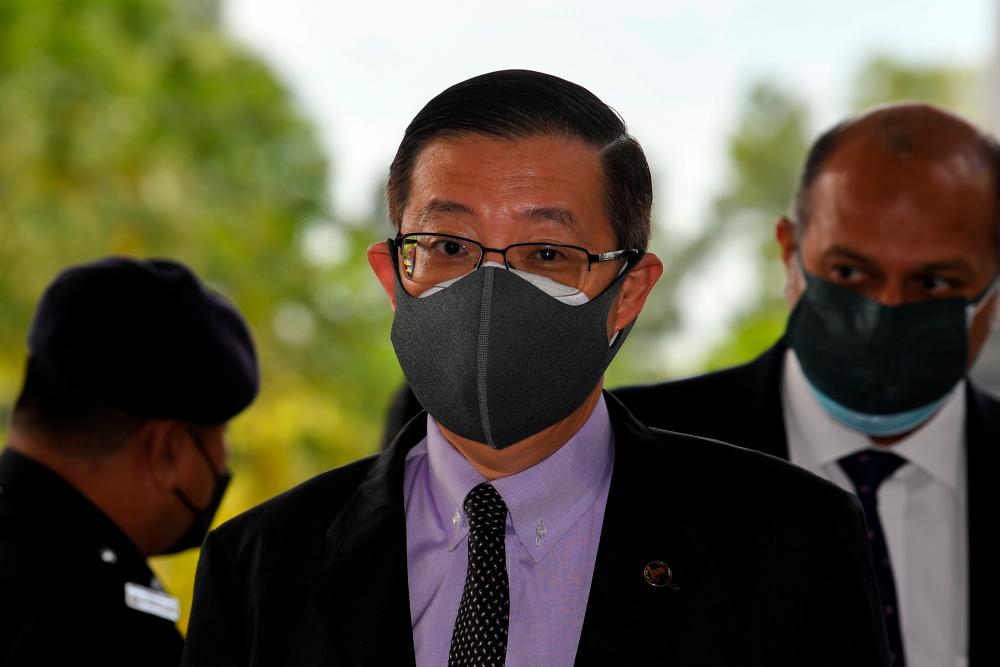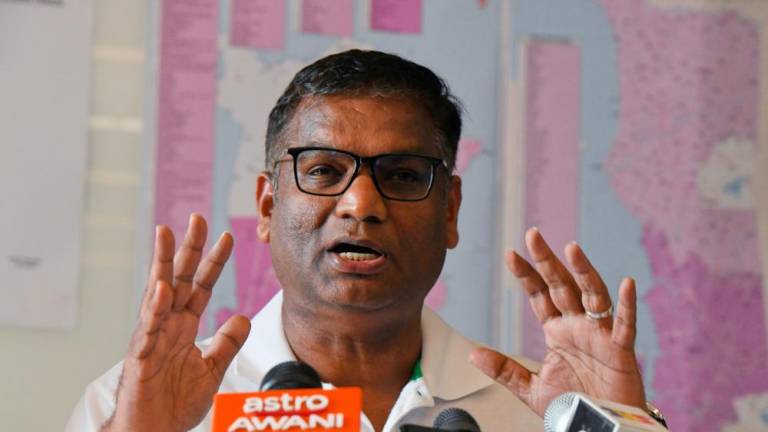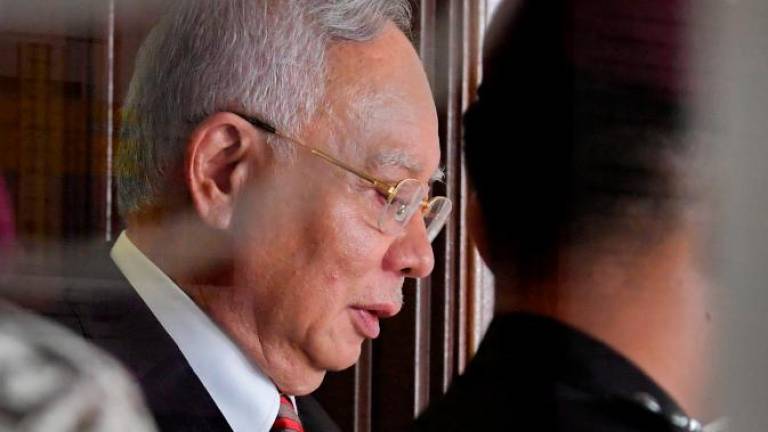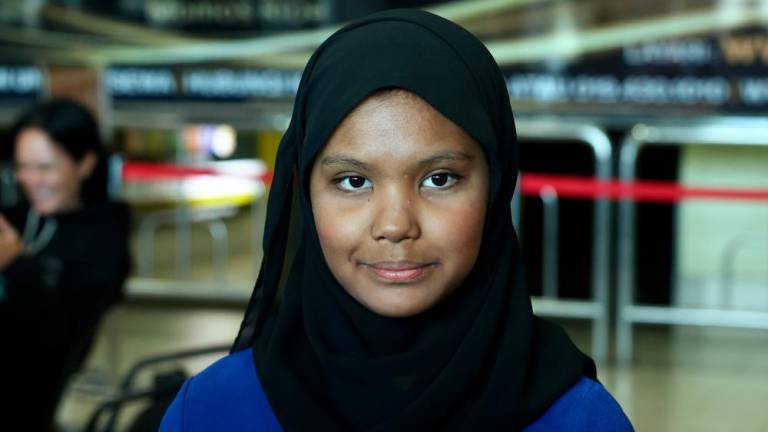PETALING JAYA: Prime Minister Datuk Seri Ismail Sabri Yaakob is incorrect to say that for the first time, the opposition was briefed and discussed with the Economic Planning Unit (EPU) on the 12th Malaysia Plan (12MP) and that the exercise was fruitful, the DAP said today.
The party said no such briefings or discussion on the 12MP were held by the EPU with the opposition.
“Ismail must be either badly informed or confused between the 12MP and the ongoing Budget 2022 consultations held by the opposition with Finance Minister Tengku Zafrul Abdul Aziz,” DAP secretary-general Lim Guan Eng(pix) said in a statement today.
“Ismail should get his facts right if he wants to set a good example for his Cabinet members. He had required his Ministers to submit a Key Performance Indicator(KPI) after 100 days and he should also do so.
“Apart from the 100-day KPI required of Ministers to assess their performance, Ismail Sabri said his administration will be monitored through Key Happiness Outcome (KHO) - a system to identify and monitor public opinion.”
A fundamental requirement of a successful KPI and KHO is to rely on facts and figures as well as science and data, Lim pointed out.
“The failure to rely on facts and figures as well as science and data is the critical factor behind the failure to contain the Covid-19 pandemic and pull the economy out of its current recession despite launching eight economic stimulus packages amounting to RM530 billion,” teh Bagan MP said.
“The failure to rely on facts and figures as well as science and data has caused some controversy in the 12MP as compared to previous five-year plans. First, the 12MP stated that the bumiputera agenda must continue because ‘the median income gap between bumiputera and Chinese is widening, quadrupling in 2019 compared with the gap in 1989.’
“Second, the Chinese-bumiputera household income inequality suggests inaccurately that inequality between the two groups is widening. Third, there is no concerted effort to help the poor regardless of race, as well as the most affected bumis namely the orang asli and the majority native population of Sabah and Sarawak who are poorer than in Peninsular Malaysia.”
In 1989, median Chinese household income was RM1,180 while median bumiputera household income was RM680, Lim said. The difference was RM500. In 2019, the corresponding figures were RM7,400 for Chinese households and RM5,400 for bumiputera households. The difference was RM2,000, he added.
“As academic Lee Hwok Aun points out, whilst this absolute difference has increased four times, bumiputera household income has actually grown significantly faster: increasing by 700% between 1989 and 2019, compared to 530% for Chinese households.
“Proportionately, the gap has narrowed. In 1989, median bumiputera household income was 58% that of Chinese households; by 2019, the proportion had risen to 73%. Whilst more needs to be done to narrow the gap, to state that the gap has widened in only absolute but not in proportional terms is technically dishonest.
“Lee also said that it is also inaccurate to only report the statistics at the national level, without taking into account urban and rural differences. Rural incomes are lower; the national bumiputera median household income is deflated with the inclusion of rural households.
“The non-bumiputera population is much more urbanised; the more valid household income comparison is between urban bumiputera and urban non-bumiputera,” Lim said.
He pointed out that in 2019, the bumiputera to Chinese median household income ratio was 81 %, a narrower gap compared to the 73 % obtained when we mix urban and rural populations.
“The bumiputera to Indian income ratio is higher in favour of bumis. Urban bumiputera median household income was 102% of urban Indian households. What this means is that half of urban bumiputera households earned less than RM6,209; while half of urban Indian households earned less than RM6,097.
“Further there are no granular data on the income disparities of the orang asli, bumi population in Sabah and Sarawak as compared to Peninsular Malaysia as was evident in past Malaysian Plans. Anecdotal evidence suggests that the poorer bumis would come from orang asli, Sabah and Sarawak.
“There is therefore a need for the 12MP to skew the benefits of economic growth and extensive preferential policies to the poor regardless of race(including Chinese and Indians) and those in Sabah and Sarawak as well as orang asli,” Lim added.











